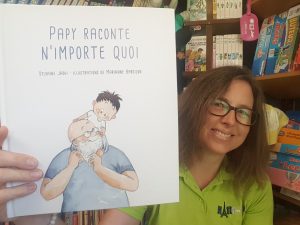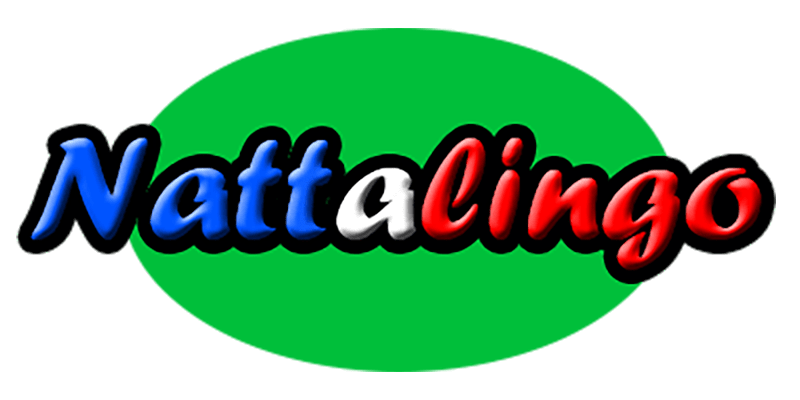
I fell in love with this beautiful story this summer in Aix-les-Bains. I love the illustrations too, by Marianne Barcilon – they add so much to the tale. She also illustrated another favourite of mine, “Le crocodile de l’école”, which you can check out by clicking here.
Click here to watch a short video showing you some of the story on my YouTube channel.
Language of text: French
Type of text: picture book
Author or source: Sylvaine Jaoui, Marianne Barcilon, published by kaleidoscope
Intended age of students: Key Stages 1/2/3
Source reference: 9782877676168
It is the story of a little boy who wakes up after having a nightmare and describes to his grandad the monster that he saw in his dreams: his grandad however does not seem to be helping much… or is he?
After looking at the book cover with the children, I will set them the challenge of listening and looking out for the fairy tales that are referred to in the story; I may even get them to write them down on their mini white boards, in order, when I read the story a second time. They can do this in English before they pick the name of the fairy tale from a list in French which I will give to them (list here: Papy raconte n importe quoi).
Rationale:
This book will remind children of some very familiar fairy tales, some less familiar stories and will possibly tell them about a new one (Little Thumb). Fairy tales are an important part of the curriculum and this enables to incorporate it into French lessons.
The story is lovely, cute, subtle, and the illustrations are beautiful, clear and helpful.
Everything rhymes, which makes the story sing and will be pleasant to children’s ears… and ours!
Outcomes:
There is so much that can be done based on the fairy tales mentioned in the story and the “monsters” in them: you can focus on what they look like or what they actually are (a wolf, an ogre etc) (reading challenges: Papy raconte n importe quoi).
The children will have great fun looking at length at the page with the “grand mélangeou” on it (a mixture of scary characters) and working out which story each labelled item has been taken out of.
Older children could choose some villains from other stories and attempt, with the help of dictionaries and their teacher, to design and label another imaginary monster which is also a mixture of baddies from stories. This would make an entertaining to put together as a class!
Topics or themes:
fairy tales; descriptions
Grammar:
adjectives and adjectival agreement
How much time required:
1-2 lessons
You can buy this book here at Amazon.co.uk.
What is your favourite fairy tale of all times to share with your children… in any language?
Click here for more stories that retell fairy tales or include references to some of them!
N.B. Would you like to read about books, ideas, resources and opportunities for the primary languages classroom? Then click here to receive a monthly round up of my blog (and more!) straight in your mail box!

